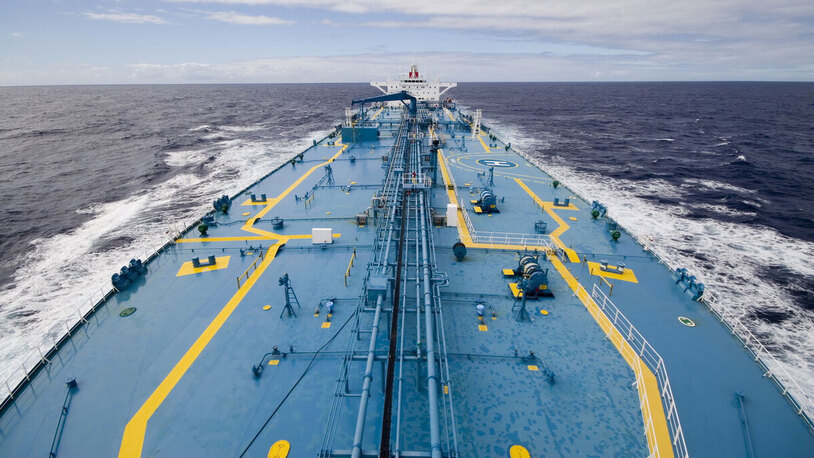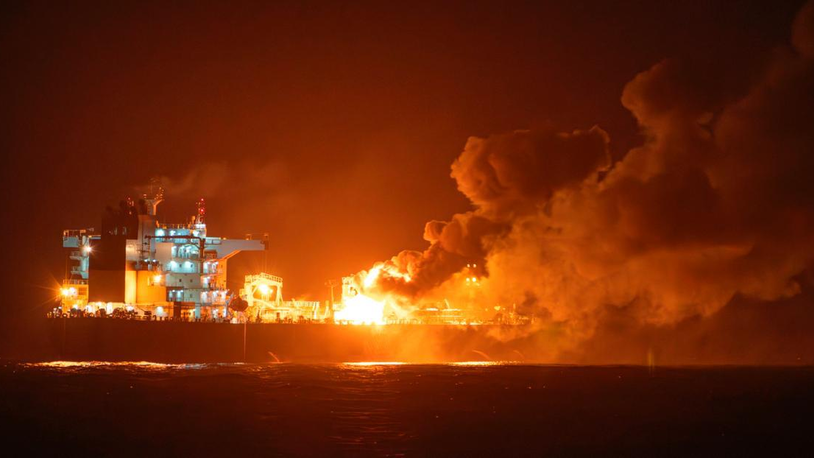Business Sectors
Events
Contents
Register to read more articles.
Where does the tanker market go next?
Short-term geopolitical turbulence and longer-term fleet dynamics paint a positive, volatile picture for earnings, utilisation and efficiency, reports Maritime Strategies International (MSI) director Tim Smith
Despite some downward adjustments in January and February, tanker spot markets remain volatile, with wild moves week to week across regions and segments tied to the ongoing turbulence and uncertainty relating to the war in Ukraine.
The big question must be, where does the market go next? The MSI Base Case view updated in its Q1 2023 report* combines several themes and expectations for short term (2023), medium term (2024-25) and long-term market dynamics.
Firstly, we should note substantial upward revisions to our forecast for earnings in 2023 versus our previous view. One-year timecharter (T/C) rates have appreciated rapidly, and for product tankers particularly, are continuing to breach new historical highs.
MSI’s MR tanker one-year T/C benchmark reached close to US$33,000/day in February, comfortably exceeding the mid-2000s peak of US$30,000/day achieved in November 2005.
MSI’s monthly interim updates on the HORIZON platform have tracked T/C rates higher, but when we look at changes to our annual earnings rates versus our initial Q4 2022 forecast, we can see the upward adjustment over three months is typically in the range of 20%-30%, with Aframaxes and LR2s seeing adjustments closer to 40%.
Driving current upside is demand growth. Both the crude and products sectors will benefit from overall demand growth of close to 7% this year, about three times higher than underlying trade growth, which we expect to expand by about 2.5%.
We also recognise the efficiency of the fleet has been curtailed. Vessels that may have moved cargo from Russia to Europe, either on southern or northern routes, are less likely now to be able to triangulate with cargo from North Africa or the North Sea.
The growth of the ‘grey’ fleet is also clearly having an effect on the wider tanker market – although the overall fleet capacity is not changed, charterers’ choices have materially shrunk.
We can see a major uplift in sales in the last quarter of 2022, reflecting the large volume of older tonnage sold and being used to move Russian crude.
However, we do not expect the relative acceleration in tanker demand versus cargo to last forever. Across our five-year outlook, the differential in deadweight demand growth versus trade volume growth moves from overperformance to underperformance. As trade volumes slow and then contract, deadweight demand falls faster, notably between 2025 and 2027.
Nonetheless, the market will still be performing very well in this period, and the key reason for this will be a contraction in the fleet.
Our forecast is characterised by the transition from demand-driven upside to supply-driven upside. This sustains high utilisation and earnings across the forecast. From 2023 to 2027, one-year T/C rates across all segments are about 60%-70% higher than the preceding five-year average.
Tanker markets never move in a straight line though, and we expect some volatility around the uptrend in utilisation. Market earnings may have moved ahead of fundamentals recently, and 2024 represents a recalibration, with annual average earnings dropping.
However, even this dip sees earnings at high levels in a historical context, particularly for product tankers. Therefore, the risk to our projections on the downside should be taken seriously, particularly given the wider uncertainty in oil markets, and softer demand-side conditions beyond 2023.
* The MSI Q1 2023 Tanker Report, Long-haul Leverage is available now – for more information please visit www.msiltd.com.
Related to this Story
Events
Maritime Environmental Protection Webinar Week
The illusion of safety: what we're getting wrong about crews, tech, and fatigue
Responsible Ship Recycling Forum 2025
© 2024 Riviera Maritime Media Ltd.














